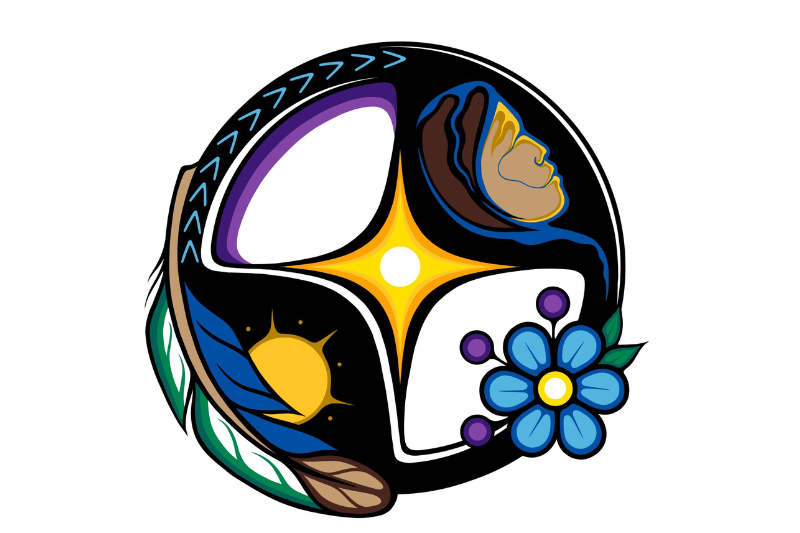Royal Bank of Canada has published its first Reconciliation Action Plan, outlining measurable commitments to advance reconciliation and address barriers facing Indigenous communities across the country.
The plan, released last Thursday on the eve of National Indigenous Peoples Day, follows extensive consultation with more than 400 First Nations, Inuit and Métis communities, employees and business owners who provided input on the bank’s strategic direction.
RBC restructured its Indigenous Banking team last year and created RBC Origins, a new division focused on Indigenous collaboration. The bank appointed Chinyere Eni, a member of Little Pine First Nation and commercial banking executive, to shape its Indigenous strategy. In May 2024, RBC established a Truth and Reconciliation Office led by Brittanee Laverdure, a member of Liard First Nation.
Five-pathway approach targets economic barriers
The plan focuses on five key areas: Economy, People, Community, Environment and Leadership. These pathways aim to create more opportunities for Indigenous participation in Canada’s economy and improve access to capital for Indigenous businesses and communities.
“Many of the 1.8 million Indigenous Peoples in Canada continue to live at the periphery of economic well-being,” said Eni, head of RBC Origins. “Creating meaningful change that will last for generations requires a focus on scalable systemic approaches to Nation-to-Nation building, enhancing Indigenous access to capital, fostering financial and community well-being, and creating opportunities to empower the next generation of Indigenous talent, entrepreneurship, sustainable development and innovation.”
The bank worked with BOOM InterTribal, an Indigenous-owned strategic partner, and Archipel Research & Consulting to gather feedback from Indigenous stakeholders. The consultation process helped identify priority areas for investment and programming.
Economic competitiveness tied to Indigenous prosperity
Dave McKay, RBC’s president and CEO, positioned Indigenous economic participation as crucial for Canada’s long-term competitiveness.
“At RBC, we believe that long-term Indigenous prosperity is at the heart of a growing economy and thriving society for Canada,” McKay said. “Helping advance reconciliation efforts by collaborating with Indigenous peoples, unlocking more opportunities for Indigenous participation, and creating greater access to capital will be critical to boosting Canada’s long-term competitiveness.”
The bank plans to provide tailored financial advice, programs and solutions aligned with its Inclusive Opportunities Blueprint under the Economy pathway. The People pathway focuses on making RBC an employer of choice for Indigenous talent across Canada.
Truth and Reconciliation Commission response
The plan directly addresses Call to Action 92 from the Truth and Reconciliation Commission of Canada, which calls on corporate Canada to adopt the United Nations Declaration on the Rights of Indigenous Peoples as a framework for reconciliation.
Phil Fontaine, RBC’s special advisor and former three-term National Chief of the Assembly of First Nations, helped guide the plan’s development.
“Developing this plan has been a meaningful journey unto itself,” Fontaine said. “There’s been a tremendous mobilization of leadership, talent and engagement within RBC and the process has served as an important catalyst to transform the way the bank intends to engage with Indigenous communities going forward.”
Regular reviews planned
RBC will review the plan in 2027 to evaluate progress, with updates every two years after that. The bank expects to announce developments related to the Economy pathway later this summer.
The plan launches under the theme “Celestial Cycles,” a concept developed by BOOM InterTribal to reflect navigation methods traditionally used by Indigenous Peoples. Anishinaabe artist Emily Kewageshig from Saugeen First Nation created visual elements for the report.
Canada’s largest bank by market capitalization employs more than 97,000 people and serves over 19 million clients in Canada, the United States and 27 other countries.





